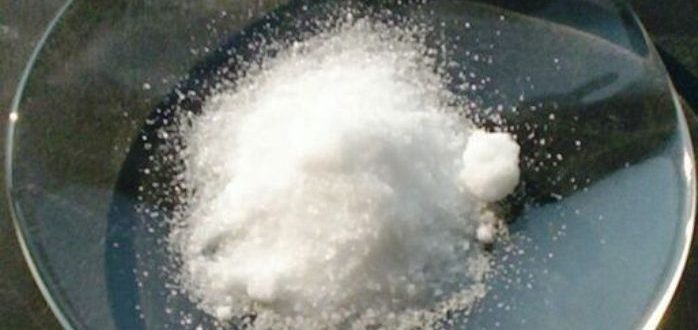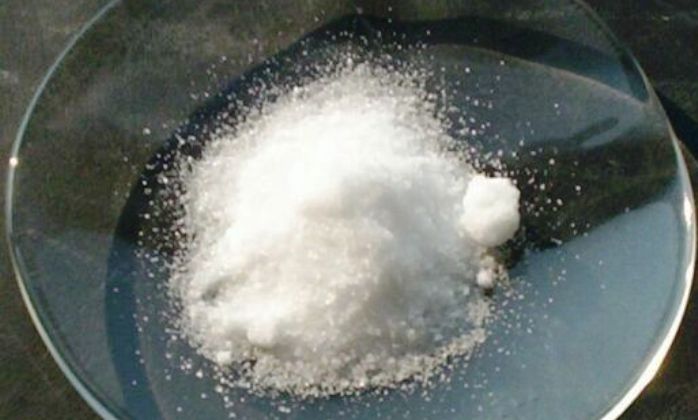27 April-3 May 1415: Further Military Preparations and Indentures
By Dan Spencer
This week was one of the most important in preparations for the campaign as it saw the majority of indentures for troops sealed on 29 April.
The indenture system had become standard for foreign expeditions of the English crown from 1369 onwards. An indenture was a contract between two parties (in this case the king and the captain promising to bring troops) which was drawn up in duplicate on the same sheet of parchment which was then cut in a jagged line which resembled dentures. This was done as a means to avoid fraud, as both copies could be joined together when the post-campaign financial account was drawn up to prove that tampering had not taken place.
The indentures follow a standard form in terms of content. They give the names of the indentee, the numbers and types of soldiers he had agreed to provide, the arrangement for payment of wages, the arrangements for division of gains of war, and other key information such as the length of service (in all cases 12 months). For an example of one of the indentures drawn up for the campaign click here.
The indentures drawn up on 29 April specified that the army should muster at a date and place specified by the king in May. If the expedition was to sail to Aquitaine in south-west France then the men-at-arms would receive wages of 40 marks a year and the archers 20 marks. Alternatively (as in fact happened) if the expedition was to sail to northern France, then the men-at-arms would receive daily wages of 12d and the archers 6d (knights and peers received higher rates of pay based upon their rank). In addition to this, the men-at-arms received a special reward known as a regard of 100 marks for thirty men-at-arms for each quarter of a year. The retinue leaders were given a half quarter of a year’s payment in advance, with another half handed over when the army had mustered; with the surety for future wages to be secured by the delivery of royal jewels, which, it was intended, were to be reclaimed in the future.
The indentures also make reference to the division of the spoils of wage. If the king of France or members of his family were captured on campaign then they would be transferred to the custody of Henry V, in return for a suitable reward to the captors. Henry V was also entitled to a third part of the gains of the retinue leader as well as a third of a third of the gains of the men of the retinue, pertaining to prisoners, goods or money worth more than 10 marks.
Many of these records survive and are stored at the National Archives within E 101. Where the actual indenture does not survive we can reconstruct its contents from the warrants for issue (E 403) which ordered the payment of half of the wages for the first quarter of service. This payment was made to help the captain recruit his troops.
On 27 April, Henry Bower received a further £10 for making bows for the stores of the king. The same day £300 was paid to the crews of the ships which had already began to gather in Southampton.
On 1 May more payments were made for ordnance being made for the king’s voyage to Harfleur. This included £25 for the construction of 1,000 lance shafts (i.e. missing their iron heads) and £21 14s 6d to William Founder for further work on grinding saltpetre and sulphur for making gunpowder for the king’s guns. Later on 3 May, commissions were given to the masters of the royal ships, the Katharine of the Tower, Nicholas of the Tower, Trinity Royal, Petit Trinity of the Tower, Gabriel of the Tower and the Petit Mary of the Tower, to take sailors for the king’s service.
This information came from Calendar of the Patent Rolls, 1413-1416, p. 343; TNA, E403/621 m.2, 4; Anne Curry, Agincourt: A New History (Stroud: Tempus, 2005), p. 51.
The image of saltpetre, Potassium Nitrate, was taken from Wikipedia and is in the Public Domain

